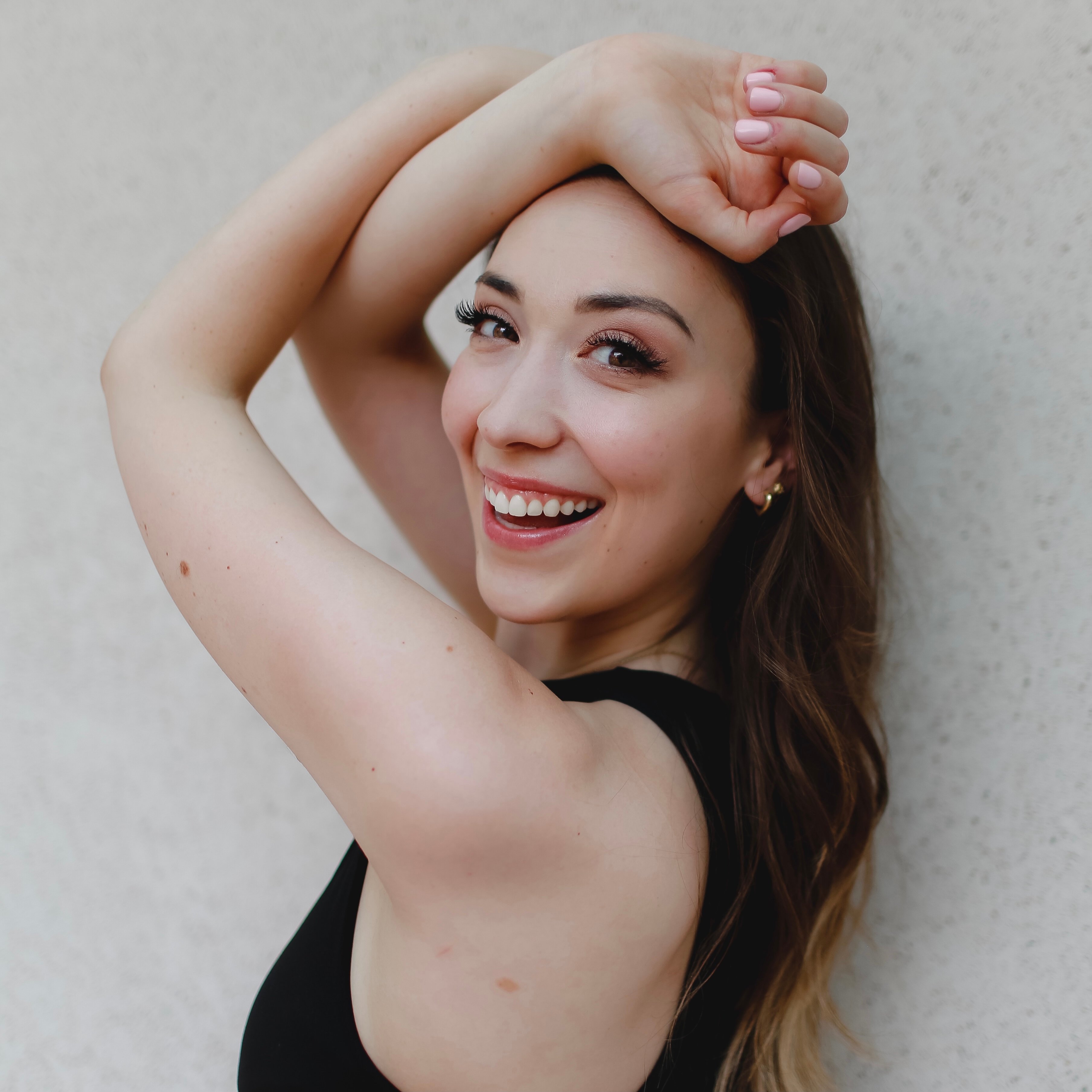Engaging, effervescent, and communal—these words describe what the American Rhythm dance style is all about, consisting of the five dances Cha Cha, Rumba, East Coast Swing, Bolero, and Mambo.
Overview
The sassy Cha Cha is like a romantic comedy happening in real time on the dance floor. Leader and follower playfully chase one another around the floor, taking turns competing for the other’s attention. The American Rhythm Cha Cha, unlike its cousin, the International Latin Cha Cha, is characterized by a bent-knee action between counts two and three. This action results from the traditional Afro-Cuban roots of the Cha Cha, and leads to a rolling, smooth hip action that keeps dancers grounded in their movement.
“Original arrival on a soft leg is required due to a strong hip action and ribcage reaction,” Nazar Norov, 3x United States and World Professional Rhythm Champion, explained about the unique body actions in the American Style.

The suave Rumba is earthy, playful, and danced much faster than the International Style Rumba. American Rumba tempo is danced around 120 beats per minute, compared to International Rumba, which is danced around 96 beats per minute. The Rumba shares Afro-Cuban roots with the Cha Cha, and showcases quick, articulate associations between the rib cage and hips, as dancers balance speed with rotational actions traditional to the American style.
The playful East Coast Swing is an energetic, jazzy dance inspired by contemporary jazz music of the 1920s, and popularized by Black Americans. The East Coast Swing integrates elements of other Swing dance styles, such as the Lindy Hop and Jitterbug, but originated as a relaxed social dance. Today, as a social dance, the East Coast Swing can be danced as a single-step or a triple-step action. The competitive East Coast Swing, central to the American Rhythm dance style, is danced as a triple step action (although much slower than the triple step of the Jive!).
The expressive Bolero is a unique hybrid dance, combining elements of the Waltz and Rumba together into one movement pattern. The Bolero is danced in 4/4 timing to music around 96 beats per minute, the same tempo as the International Rumba (often, the same music can be used interchangeably!). Rise and fall from Waltz works alongside the dance patterns from Rumba, fusing to become the Bolero. This dance provides dancers an opportunity to showcase sophisticated leg actions, innovative choreography, and tell a story of romance and connection.
The spirited Mambo is a party for all involved! The 1940s origins of this dance show great collaboration between dance and song. As bandleaders began to play a new form of music called Mambo, a creative and expressive dance style followed. Today, the Mambo is a crowd favorite, providing dancers the freedom to move their bodies to upbeat, lively music, while dancing through complicated footwork, and varying dance patterns.

American Rhythm vs International Latin
There is overlap between the dances offered in the International Latin and American Rhythm categories. International Latin also has Cha Cha and Rumba as part of the competitive program, however the technique and even the speed of the music (International Rumba is significantly slower than American Rumba) is rather different. "The qualities that are desirable in American Rhythm are musicality, proper leg action, beautiful footwork, and partnering skills, but most importantly, dancers should enjoy what they are doing and have fun!” explained Nazar.
The American Rhythm Syllabus
Like other styles, American Rhythm is categorized from Bronze to Gold within a syllabus, breaking down different movement patterns (figures) by level. Dance Vision will premiere an updated American Rhythm Syllabus in 2022. You can access the Dance Vision American Rhythm Syllabus videos on the Dance Vision Library.
American Rhythm Choreography
American Rhythm choreography at the “open,” or competitive level, takes syllabus figures and develops them further into creative, stylistic compositions. “Choreographically, choices should be more rotational and generally with less travel than International Latin,” explained Nazar. No Rhythm dances travel counterclockwise around the floor (understood in ballroom terminology as the “Line of Dance”), unlike any other ballroom dance styles, which include at least one dance that travels within the Line of Dance. This provides dancers in the American Rhythm category the opportunity to be extremely creative within their choreography, engaging the audience and sharing the stories of each dance as they move.

American Rhythm Costumes
Costumes within the American Rhythm and International Latin categories are quite similar, if not interchangeable! Followers generally wear a shorter dress, for the purpose of showing off intricate leg actions throughout the five Rhythm dances. Dresses can have any neckline, beading, embellishments and additions that a dancer can imagine. Leaders typically adorn themselves in “Latin Pants”— yes, even in the Rhythm category, (see more in our “What to Wear to a Ballroom Dance Lesson” blog) and a tailored shirt, varying in sleeve and torso length, depending on preference.
Are you ready to give the American Rhythm Style a try?
Watch this lesson with US and World Professional American Rhythm Champion, and featured guest in this blog, Nazar Norov.
Interested in learning some solo Swing to get started?
Watch Swing Solo Choreography with Professional Champion, Kasia Kozak.
Ready for some more dancing? Get started for free.

